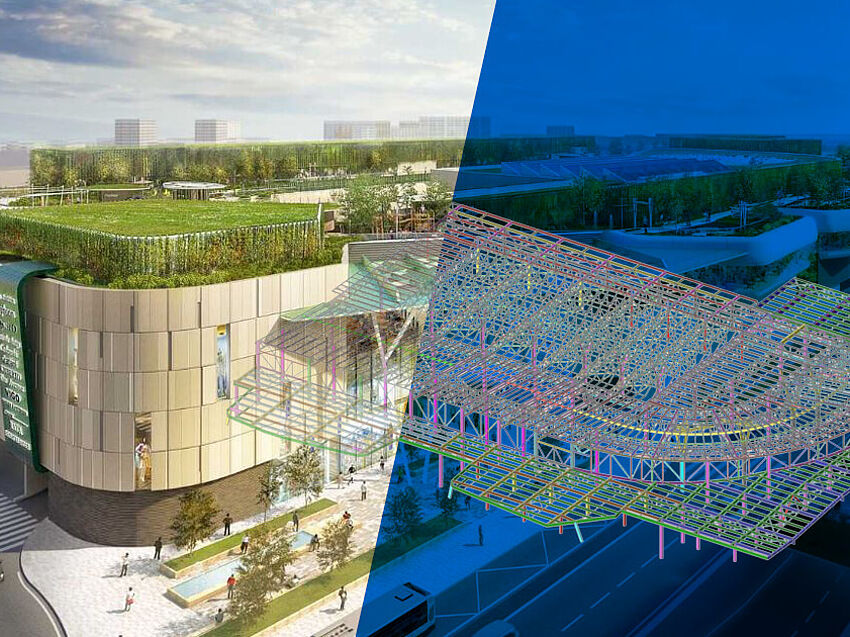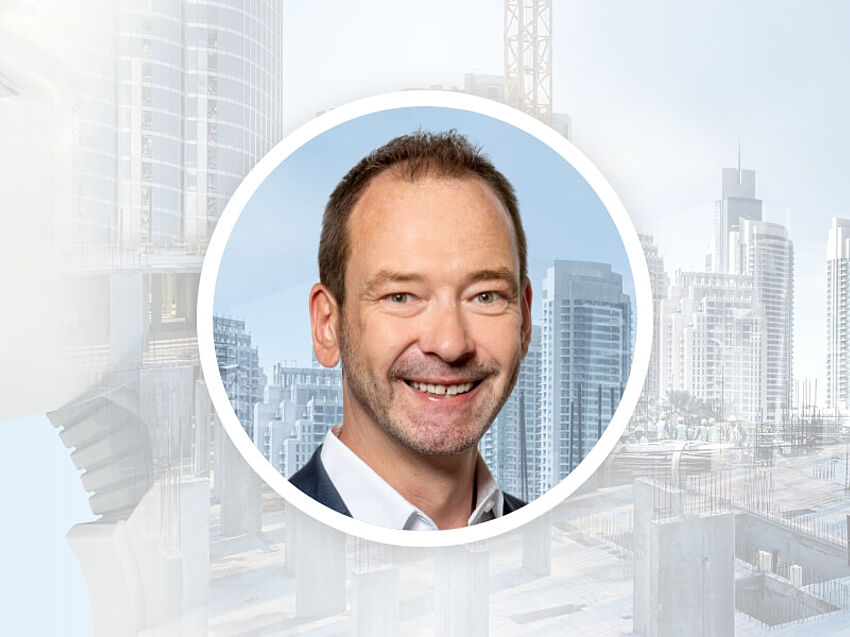The purpose of the built environment is to make the world around us a better and more convenient place to live. But it is easy to forget that gray infrastructure – traditionally built structures such as dams or flood protection – have not only limitations, but also significant impacts on the environment. For example, the cost of construction, operation, and maintenance that is required for gray infrastructure can be considerable, and it is not easy to adapt these structures to new service conditions. In addition, the natural resources required for large, engineered projects is vast. However, green infrastructure used alongside gray can help save money, support optimal performance, provide flexibility for future changes, and reduce the environmental impact of projects.
What Is Green Infrastructure?
Green infrastructure, in contrast to gray, uses natural solutions – features such as wetlands, marshes, floodplains, forests, and ponds can all provide benefits and work alongside gray infrastructure. For example, forests can help prevent soil erosion, reed beds can filter water, and vegetation can help protect shorelines, all while providing valuable habitats for a wide range of species. When green infrastructure is used strategically, it can complement or even replace traditional gray infrastructure options.
How To Integrate Green Infrastructure Into Projects
Green infrastructure needs to be incorporated as an essential part of the project from the outset, rather than as an optional extra that is added at some point. This means using specialist input that may not have been part of the traditional team set up before and working together to incorporate solutions that may be new to many. As a result, communication and collaboration are key to ensuring that green infrastructure is a fully contributing element of the infrastructure project as a whole.
How ALLPLAN Can Help
In a large-scale infrastructure project, ALLPLAN is an ideal design tool because data can be easily exchanged between project members and external parties without any data loss, thanks to its open interoperability and open API. This allows the project team to easily share information and work together on a single source of truth, rather than having a fragmented approach. Additional tools like Bimplus and ALLPLAN Share can also help facilitate this exchange of information while enabling enhanced collaboration, organization, and transparency.
Another benefit of ALLPLAN is its ability to accurately import third-party objects. For example, if a water retention system was being designed in ALLPLAN, any required third-party objects like pipes, pumps, or even natural, green infrastructure models could be imported into the design. This gives the project team a complete picture of the project from which they can base their own work, without the need for recreating models. To see how ALLPLAN Engineering has been used to develop other gray infrastructure projects, read our case study about a hydroelectric power plant in Germany.




